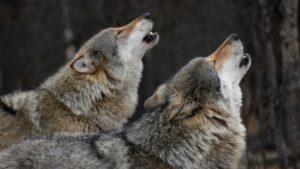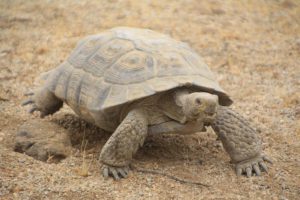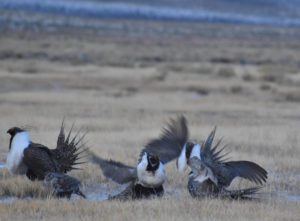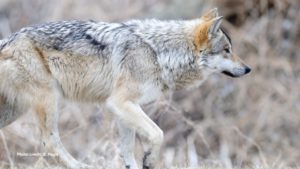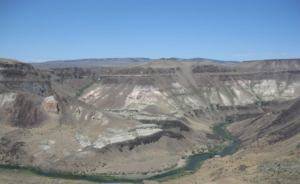For immediate release – May 21, 2010
Contact: Erik Ryberg, Attorney, (520) 784-8665
Western Watersheds Project filed a lawsuit yesterday against the Bureau of Land Management to halt a proposal to conduct commercial livestock grazing on 615,000 acres of arid desert lands near Yuma, Arizona. The proposal would authorize the agency to grant commercial leases to livestock growers to run cows across some of the most arid public lands in North America. The lands in question average less than four inches of rain per year (by comparison, Phoenix gets more than twice that amount) and average 110 days per year with temperatures over 100 degrees Fahrenheit.
The lands encompass two remote Wilderness Areas, including the 100,000 acre Eagletail Wilderness Area, which is treasured by hikers, hunters, and wildlife viewers for its wildlife, cultural and botanical resources, and its rugged desert scenery.
The landscape is occupied by mule deer, bighorn sheep, desert tortoise, and abundant desert wildflowers. It borders the Kofa National Wildlife Refuge.
It is unsuited to commercial livestock grazing because of the intense climate, total lack of water, fragile soils, and native vegetation that does not accommodate widespread livestock grazing.
The BLM intends to lease the lands for approximately $30,000.00 per year, an amount far less than will be needed to administer the leases.
Apart from the inherent cruelty of releasing cows into this extremely hot and rugged landscape, these public lands will suffer damage from the livestock grazing that will be long-lasting to the point of permanence. Livestock have already introduced non-native plants like the Sahara mustard and buffelograss, two species that are nearly impossible to eradicate and that have devastating effects on native desert vegetation because they increase the likelihood of wildfire, which native desert flora and fauna are not able to accommodate. Wildfire kills most Sonora Desert vegetation, with cascading implications for the wildlife that depends on that vegetation.
Livestock also trample fragile desert soils and compete for native wildlife for sparse forage.
“The Bureau of Land Management needs to step away from letting commercial interests dictate how these public lands are used,” said Erik Ryberg, attorney for Western Watersheds Project. “This landscape is totally unsuited for commercial livestock grazing, and it has so much to offer in the way of recreation, wildlife habitat, and watershed protection.”
Read the Complaint

